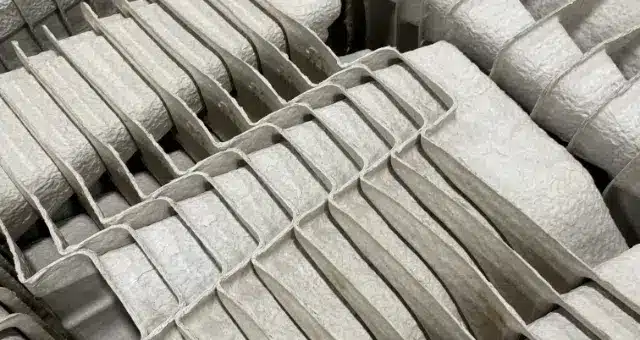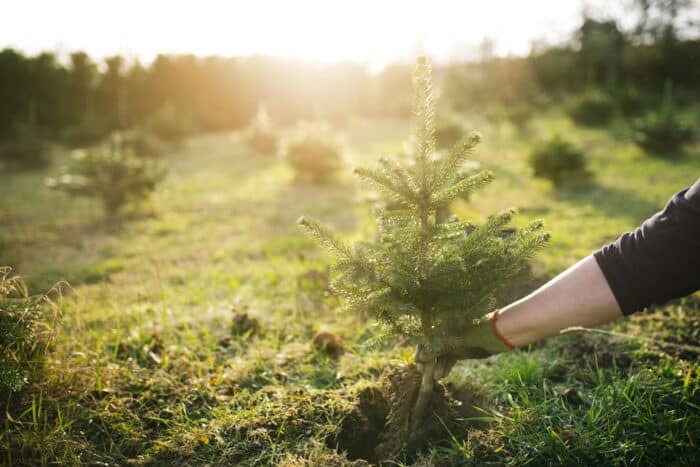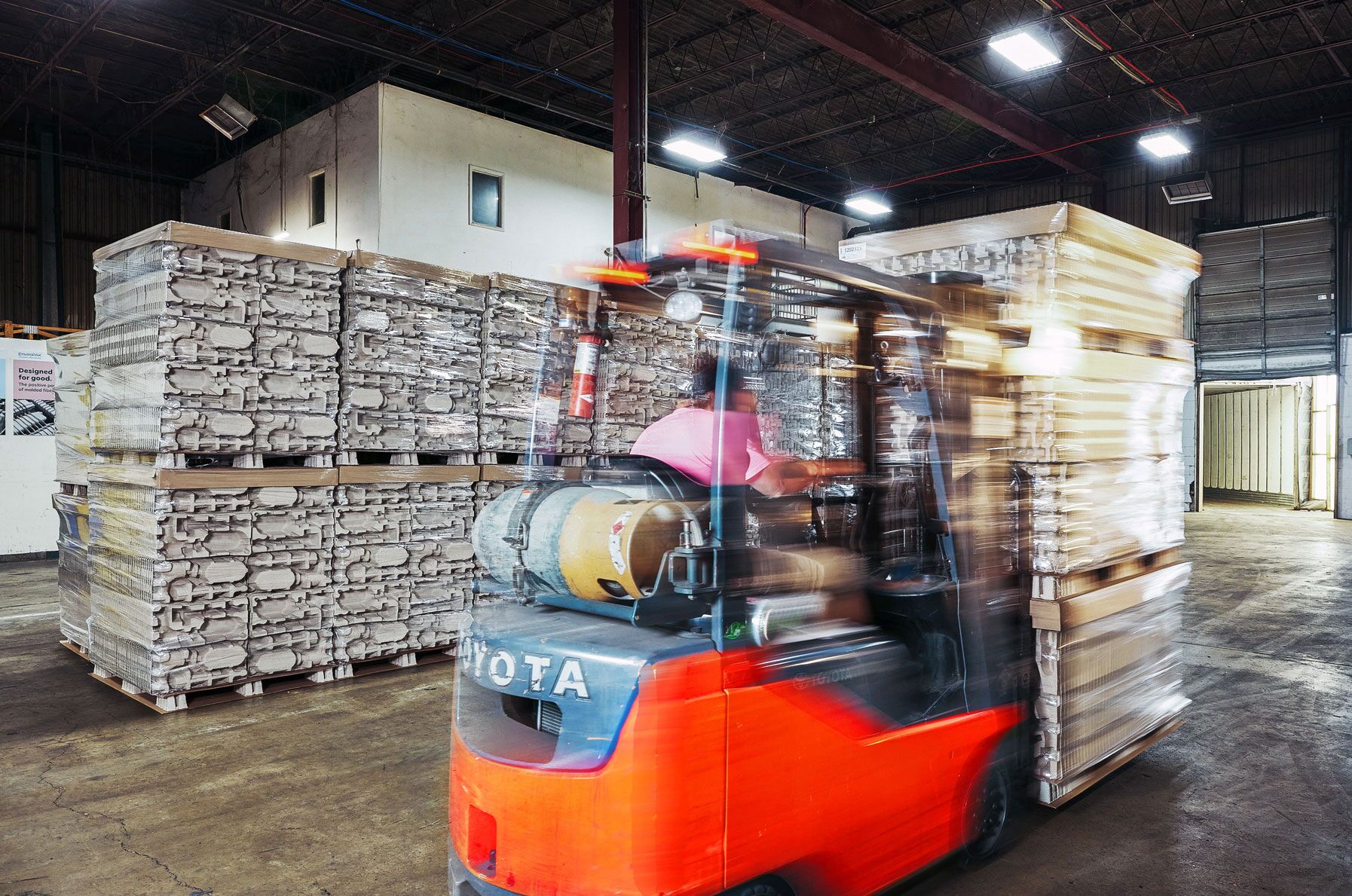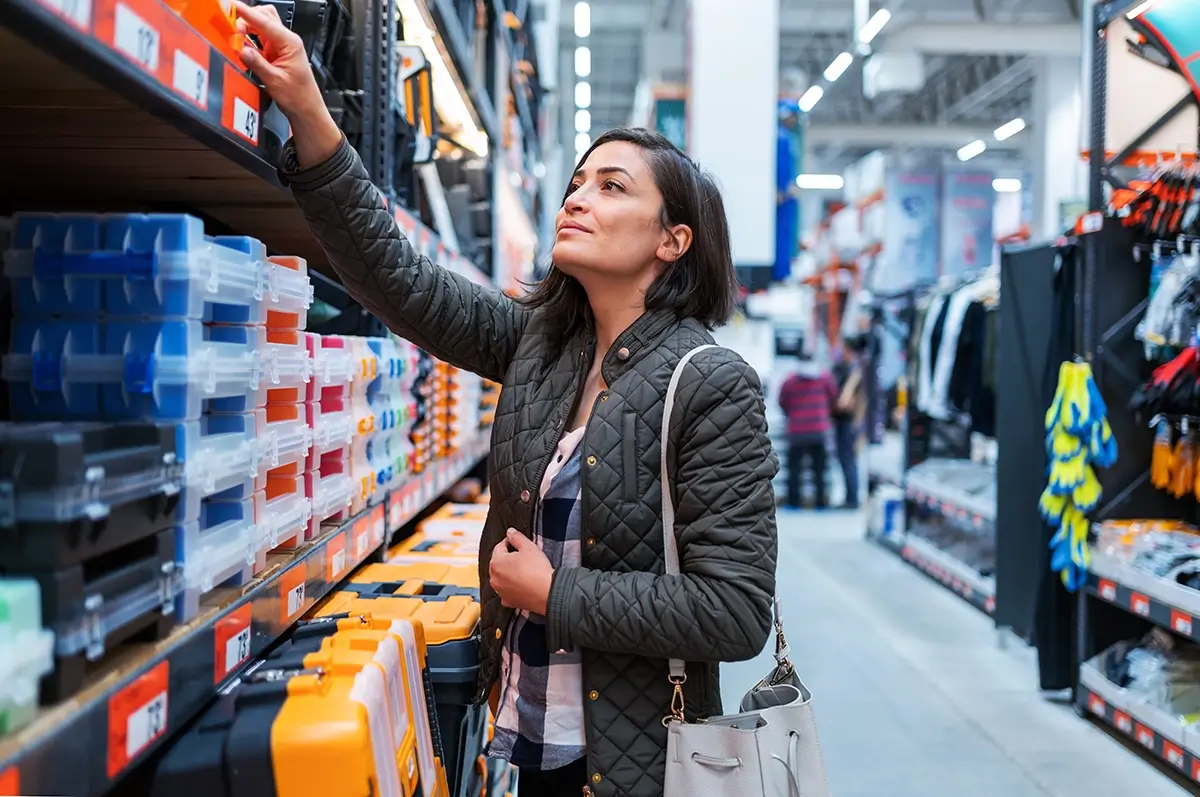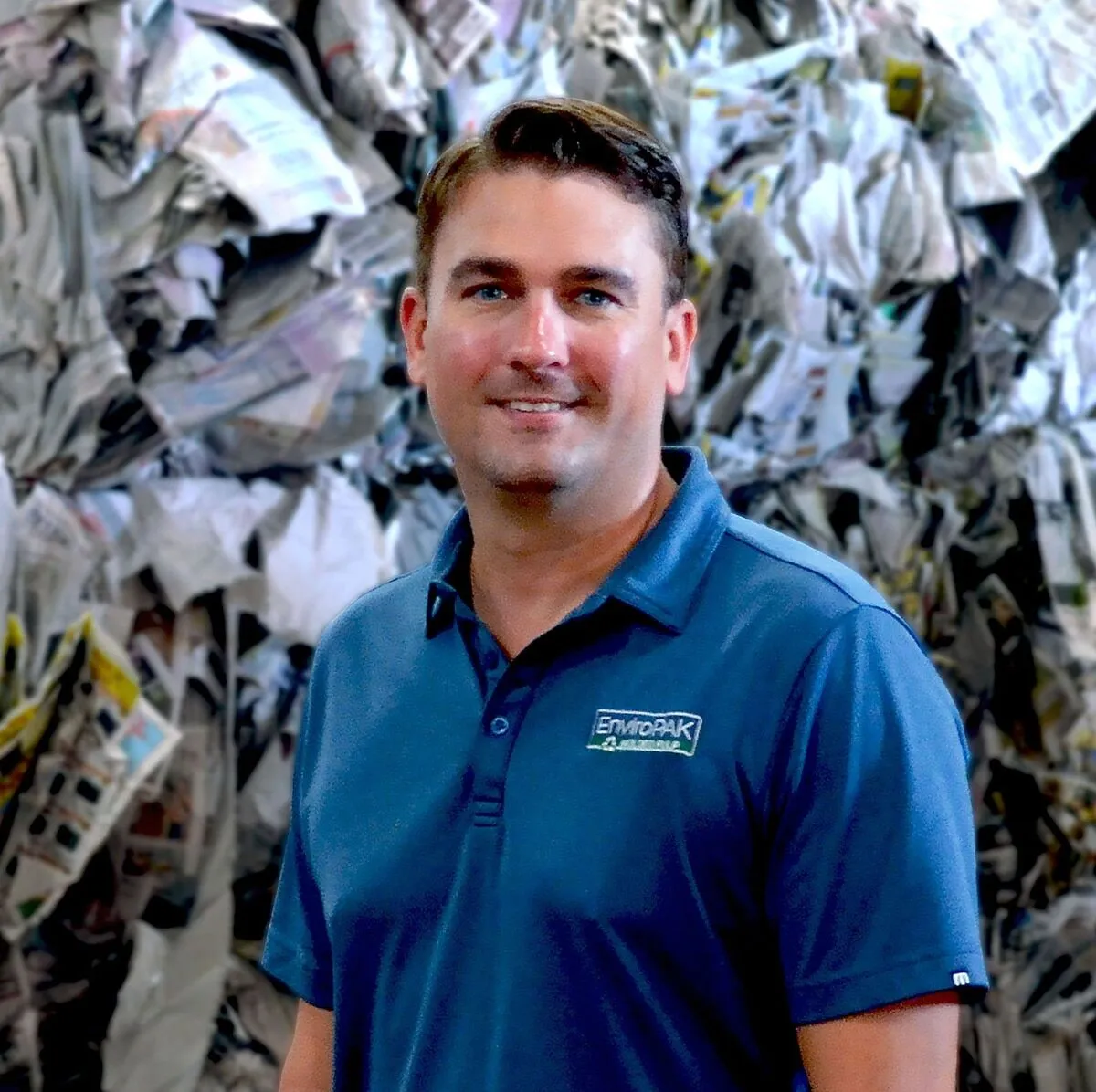Every room in a house has a purpose. From living rooms where people relax in front of the TV to reading a book in the bedroom under the light of a lamp, the home is essential for the well-being of people.
And, of course, for most people the kitchen is the heart of their home. This is where meals are prepared that can fuel both bodies and conversations. These are also functional spaces that require cookware and appliances.
Blenders, HD TVs, lamps, knife sharpeners, coffee makers, thermostats – you name it – essential home products are designed to make life easier, convenient, and more comfortable. Packaging for these home goods is just as important.
The right packaging protects home goods during shipping so these items are opened undamaged by the consumer. The brand presence of the product on a store shelf can be enhanced with premium packaging that drives a purchase. And now, more than ever, consumers are also shopping for sustainable choices for home goods and want the packaging to be just as environmentally sustainable.
There are a trillion reasons to go green.
Over $14 trillion annually and two-thirds of the US GDP is attributed to consumer spending. An important subset of this spending goes toward everyday consumer goods. In a 2023 joint study by McKinsey and NielsonIQ, the subject of whether or not “sales growth is enhanced for products with sustainability claims” was examined.
The answer seems to be a resounding yes.
In this report consumer buying trends were examined and their spending habits were taken into consideration when conducting customer interviews and dissecting five years of US sales data across 44,000 brands. Findings from the McKinsey research points to a clear alignment between sustainable products/packaging and consumer spending.
“If a product made claims in animal welfare, environmental sustainability, or sustainable packaging – they would see two times the growth. That’s another area of opportunity for brands.”
The conclusions drawn based on the findings by one of the studies researchers, Steve Noble, was very telling for product brands such as home goods and their need to push sustainability initiatives to stay competitive for today and the long term:
“I believe that investing in sustainability now sets you up for the next decade of success. If you fall into the trap of saying ‘we can’t really afford to do this right now,’ the opposite could be true – you’d fall behind for the next decade. I think the evidence points to the fact that leaning into sustainability is a great long-term bet for success.” – Steve Noble, McKinsey Research Author, Consumers Care About Sustainability and Back It Up With Their Wallets, 2023
Buying with a bigger purpose in mind.
Consumers are becoming “buying determined” with their focus on sustainable purchases. Putting their money where their values are has resulted in many top brands around the world to react accordingly in areas such as home goods packaging and the use of eco-friendly materials such as molded fiber.
When asked about sustainable initiatives in 2021, nearly half of product brands stated they are investing in solutions for recycling their products over the next few years. Over a third of surveyed companies also planned to distance themselves from partners that were not likely to meet shared sustainability targets, including their packaging vendors.
Packaging positives for home goods.
Evidence of this “go green” movement can be seen in product brands found in every room of a home. The eco-friendly Milo Blender™ is a brand that is all about healthy living. And it goes well beyond healthy eating. They are focused on the health of our planet which is reflected in their sustainable packaging efforts:
- 75% of Milo packaging is made from recycled materials
- All packaging parts can be easily sorted and recycled
- No plastic lamination is used
- No glued textiles or other unnecessary materials used
“When it came to designing our packaging we spared nothing in making sure that the main materials used were as much as possible recycled and derived from sustainable sources. The best thing is that packaging is recyclable and includes a consumer educating recycling scheme leaflet inside, where the most common questions about recycling are answered. The result, packaging that meets our high environmental standards without compromising on style.” – Milo Blenders
Waking up in the morning to sustainability.
Nespresso coffee machines can be found on the countertops of kitchens in 81 countries and are sold directly to consumers as well as through popular home goods retailers such as Target.
The popularity of the coffee brand can be attributed to the taste as well as ease of use and convenience of the machine. But sustainability is one key factor helping Nespresso gain a competitive market share in the U.S. of 14% as it inches closer to leader Keurig which controls 54% of the category.
But worldwide, Nespresso sits on top of the single-serve coffee throne. And this growth is being driven by young Millennials and Generation Z consumers. Over two-fifths (42%) of Millennial consumers and nearly two-fifths (39%) of Generation Z are more likely to purchase sustainable products such as Nespresso.
With a theme of “Re-Think. Re-Use. Re-Love”, Nespresso does more than just appeal to their current green consumer base, they are literally waking up millions of new consumers to the benefit of eco-conscious home goods such as coffee makers. For Nespresso, they believe every action they take should have a positive impact on the planet so that “your Nespresso coffee won’t just taste good, it will make you feel good, too”.
- Every Nespresso capsule is made using aluminum which is infinitely recyclable and most of their coffee capsules are made from at least 80% recycled aluminum
- Recycled Nespresso coffee capsules go through their national recycling program and are transformed into compost
- Nespresso’s precision consumption system means the exact amount of water, coffee grounds and energy are used to make one cup of coffee, minimizing food, water and energy
Nespresso also believes the actual packaging for their coffee machines should put both consumers and the environment first. Their Vertuo Next coffee machine packaging consists of 100% recycled packaging as part of the brand’s ongoing commitment to “circular principles by being mindful of the way we use natural resources.”
While it’s not actual product packaging used for shipping their coffee makers, Nespresso has created an actual paper-based coffee capsule made of paper pulp. As the company points out, “This is about yet another sustainable choice, without compromising on quality.”
“The sustainability program with Nespresso is surpassed by no one … we have set this up so that if you are responsible, and you want to participate in true recycling, it is very easy to do.” – Nespresso
There’s another side to home goods sustainability. The retailer side.
Target is the fifth largest retailer in the world, right behind giants such as Walmart and IKEA. Part of the new sales strategy for this mega giant is implementing marketing and products based on what their younger, and growing buyer, deems essential to the world we live in. Especially the eco-conscious Millennials and their Gen Z and Gen Alpha children who will use their spending power toward “the good of the environment.”
For example, Target stores are revamping their grocery departments to reflect health and environmental trends. Stores will focus on increasing organic, natural, less-processed, and gluten-free options to appeal to health trends of their younger audience. Plus, the amount of packaging will be reduced in size and become more environmentally friendly which is something molded fiber can help them accomplish.
If you’re wondering the impact these eco-conscious consumers are making in the home goods category for Target, the numbers speak volumes. In the financial year 2023, roughly 29.57% of Target Corporation’s merchandise sales corresponded to the household essentials segment. This was the highest of all categories. In fact, it was higher than food & beverage and apparel.
“We want our guests to turn to Target first when they think about sustainability. We know that the only way to make that possible is by putting both people and the planet at the center of our efforts, as we co-create with our guests, our partners and the communities we serve.” – Amanda Nusz, Senior Vice President of Corporate Responsibility
Sustainability is such a concern for Target, that they have an entire program called “Target Zero” that revolves around this effort and the product packaging:
“Packaging designed to reduce waste through our Target Zero collection goes well beyond the reduction of plastic packaging … it will help us meet our goal to reduce the annual total virgin plastic in our own brand packaging by 20% by 2025. – Target
Target is also aligning its vendor relationship with those companies striving toward sustainable packaging that includes “… compostable elements [ like molded fiber ]. Whether the product itself, its packaging or both, these items contain elements that are compostable to help keep waste out of landfills.”
The home goods we choose to use can make life a lot better. And when these products are shipped and displayed on store shelves using molded fiber packaging, it makes our planet a much better place to live.
Contact EnviroPAK® to learn why custom molded fiber packaging is the positive, sustainable direction for the environment and the home goods your customers demand in 2024 and beyond. Our molded fiber packaging is made from 3,500 tons of recycled paper yearly. And it’s the ideal sustainable, biodegradable, and compostable solution to protect your products and your brand image with consumers.



